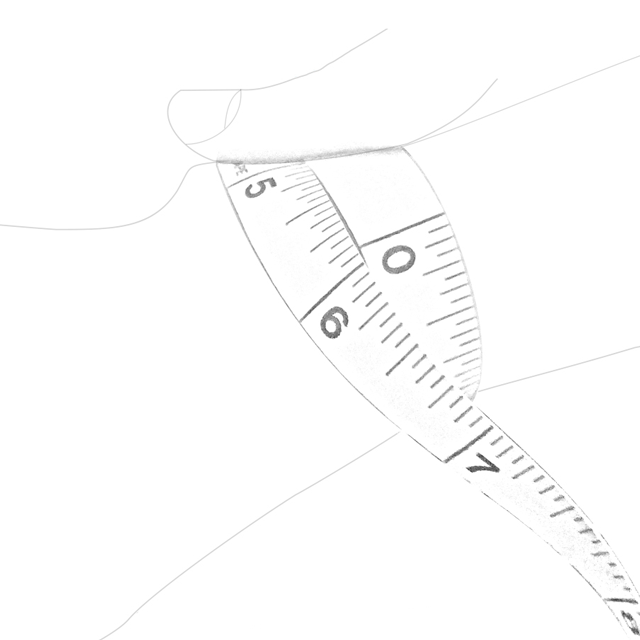The Triathlon Run
Please enjoy the guest blog written by Ryan Ross. Ryan Ross is a USA Triathlon Level 2 and Ironman Certified Triathlon Coach. He is the owner of Coast To Coast Triathlon located in Olathe, KS. Ryan spends his days helping triathlete of all ages and abilities reach for their greatest aspirations. You can learn more about Ryan at www.coasttocoasttriathlon.com.
If I have heard these quotes from triathletes once, I have heard them a million times:
“I had a great swim and bike, but then the run was a disaster.” “In training, I never really ran after cycling.” “My nutrition worked well in my long runs during my training, but my stomach was a mess on the run!”
I would have me a nice new tri bike if I had a dollar for every time I heard these quotes! The reason why the run often times becomes the place ‘where dreams go to die’ comes down to a few simple concepts:
- Not understanding the differences between regular running and triathlon running.
- Not effectively training the triathlon run.
- Not having a good overall race strategy.
So let’s talk about these three ‘concepts’ and how you can attack them in your training and race preparation.
First, the big differences between regular running and triathlon running is in your running gait. In triathlon, you are coming off of a hard bike ride prior to running. That hard ride can be anywhere from 12 miles to 112 miles. Your legs and core muscles are already torn up, now it is time to run. And don’t forget that your body was in the position of a taco for an extended period of time. The ending result is that the hips don’t open us as much in the triathlon runner as they do when we are running regular. So how do we handle this? It has been proven time and time again that to effectively run off the bike you have to focus on a quick running cadence, along with the shorter stride length that the bike leaves you with. Focus on your foot turnover. Don’t try to fight the desire to have a longer stride length – that will fatigue you quickly. Shorter stride, quick turnover. It is not known what the optimal running cadence is. Chances are it is going to be different for different athletes. We do have enough research that shows it is likely in the 85-95 range. You can use your Garmin technology to assess your current OTB cadence. Train at 2-4 strides per minute faster, until you can run comfortably in this range.
Second, not effectively training the run. There are many considerations that should be made in an effective training program. I will make this very simple. To effectively run off the bike, you have to train the bike to run transition. The athletes I coach rarely perform bike workouts that do not include some type of run workout immediately after, even if it is just 15 minutes long. These ‘transition’ runs should happen frequently to effectively train the body to make the switch from bike to run. Running off the bike is a complicated nerve-muscle relationship. The key to a successful relationship is lots of communication. Run off the bike frequently! For races that include a ½ or full marathon run, duration of running off the bike must also be addressed in training. I have my athletes do longer runs off the bike than the average triathlete – and I have done this with tremendous success. It builds both the endurance to handle the distance, and the confidence to attack it.
Third, not having a good overall race strategy. The athlete guilty of the ‘my swim and run where great, but run was a disaster’ quote is mentally breaking the race into three parts. That is a mistake. A Triathlon is one race. The clock isn’t stopping between events. This athlete is putting out too much effort in the swim and bike. Think about it like this – if you where racing a half marathon, you would not run the first 8 miles really fast. If you did, you would likely be suffering in the final miles. Triathlon is no different. If you go to hard in the first 2/3 of the race, the final 1/3 is going to be compromised.
So let’s summarize three strategies you can employ immediately to improve your OTB run:
- Focus on running with a shorter stride length, and quicker cadence. Increase your current cadence by 203 strides per minute until you are comfortably in the 85-95 range.
- Train to run OTB. Include short runs of 5-20 minutes after almost every bike ride. If training for longer distance triathlons, do a longer transition run that builds up to around 1/2 of race distance.
- Strategize appropriately. Get to the finish line faster by slowing down earlier, and consider a walk/run strategy if your race is a 70.3 or 140.6 triathlon.
The post The Triathlon Run appeared first on Garmin Blog.
Sample Block Quote
Praesent vestibulum congue tellus at fringilla. Curabitur vitae semper sem, eu convallis est. Cras felis nunc commodo loremous convallis vitae interdum non nisl. Maecenas ac est sit amet augue pharetra convallis nec danos.
Sample Paragraph Text
Praesent vestibulum congue tellus at fringilla. Curabitur vitae semper sem, eu convallis est. Cras felis nunc commodo eu convallis vitae interdum non nisl. Maecenas ac est sit amet augue pharetra convallis nec danos dui.
Cras suscipit quam et turpis eleifend vitae malesuada magna congue. Damus id ullamcorper neque. Sed vitae mi a mi pretium aliquet ac sed elitos. Pellentesque nulla eros accumsan quis justo at tincidunt lobortis denimes loremous. Suspendisse vestibulum lectus in lectus volutpat, ut dapibus purus pulvinar. Vestibulum sit amet auctor ipsum.

